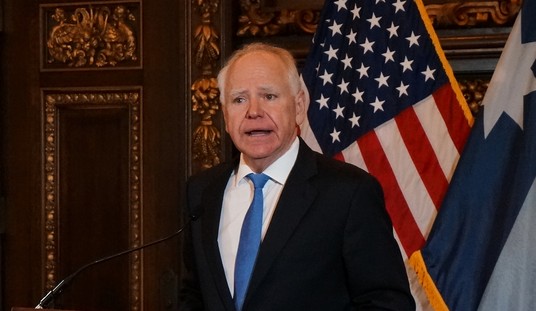2012 was not an easy year for diplomats, defense officials and cartographers addressing Asian border disputes.
In September 2012, a senior Chinese general angrily suggested that China should prepare for war with Japan. Control over five tiny islets was his immediate casus belli.
Located in the Pacific Ocean northeast of Taiwan and midway between China's coastline and the Japanese island of Okinawa, the Chinese dub the disputed micro-archipelago the Diaoyus. Japanese maps, however, label them the Senkakus.
Don't think never the twain shall meet. Google's map site wisely employs both names. So do international diplomats promoting nonviolent resolution of a historically tangled and passion-stirring territorial conflict involving the world's second (China) and third (Japan) largest economies.
Google also adds an alternative pronunciation of Diaoyus which I'm told is favored by Taiwan. Taiwan is a far less obscure island whose control mainland China disputes. A diplomatic mapmaker would include the Taiwanese moniker. Taiwan, in its Republic of China guise, also claims the islands.
Drill down on Google's impartial satellite photo, and you'll discover the largest islet is perhaps three kilometers long. All told, the Diaoyus/Senkakus have a surface area of seven square kilometers. In addition to the islets, maritime charts identify three rocks that permanently break the surface. When it comes to diplomatically parsing maritime borders, wave-raked rocks can matter. The islets are also uninhabited. Anyone claiming to be a Senkakuite is a fraud.
So the Sino-Japanese struggle isn't over land mass or people. At a strictly quantitative square-kilometer level, the dispute is over the right to control the resource-rich seabed surrounding the islands. However, oil and fishing grounds aren't the only conflict triggers. Bad history between the antagonists, mutual suspicion and national pride also drive the conflict. Japan is deeply worried about China's growing naval power.
Recommended
Old history and old maps can fuel new wars. China bases its claim to the islets on 15th century Ming dynasty maps and contends they were definitely Chinese territory in the 16th century, despite being uninhabited.
Japan, a rising naval power in the late 19th century, annexed the islands in 1895. For a brief period, a Japanese company ran, and manned, a fish-processing plant on Uotsuri.
After World War II, the U.S. assumed responsibility for the islets. When the Americans returned Okinawa to Japanese control, the islets tagged along. This September, when the Chinese general called for war, the Japanese government assumed direct national control over the islets. The Chinese government called this an affront to China's sovereignty.
A cartographer can add and erase names. Defense officials can build warships and start training more sailors and marines.
Diplomats seeking peaceful resolution face a complex challenge. Delve into the dispute, and you'll discover World War II isn't quite over.
China contends that the Treaty of San Francisco, which officially ended World War II between the Allied Powers and Japan, required Japan to relinquish control of all but its main islands and a few small islands in their immediate vicinity. The treaty wasn't signed until 1951. Neither mainland China nor Taiwan were party to the treaty's negotiations, nor was the Soviet Union.
The treaty did incorporate language used in the Allied surrender terms of 1945 that Republic of China leader Chiang Kai-shek had approved, but today Tokyo and Beijing dispute what "relinquishing control" meant. Japan points to the U.S. return of Okinawa (and the Senkakus) as a diplomatic marker.
This fall, Japanese diplomats indicated that they are prepared to resolve another Asian island dispute which also involves conflicting interpretations of the World War II surrender agreements. The Kurile Islands, which have Japanese inhabitants, lie between Japan and Siberia's Kamchatka Peninsula. Russia (no longer the Soviet Union) has occupied the Kuriles since 1945.
Resolving the Kurile dispute could involve paying Russia an indemnity and sharing maritime resources. A Kurile resolution could also set a precedent for peacefully resolving other Asian maritime border disagreements.

























Join the conversation as a VIP Member